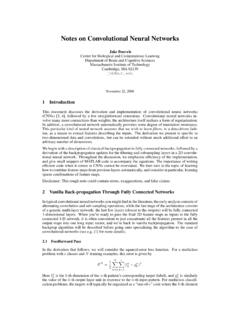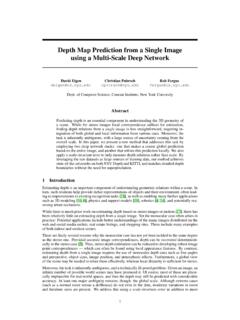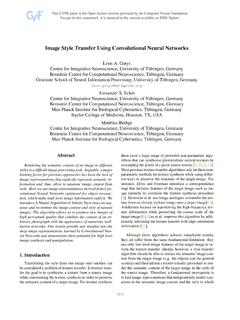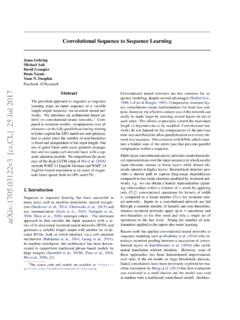Transcription of Multi-scale Residual Network for Image Super-Resolution
1 Multi-scale Residual Network for Image Super-Resolution Juncheng Li1[0000 0001 7314 6754] , Faming Fang1[0000 0003 4511 4813] , Kangfu Mei2[0000 0001 8949 9597] , and Guixu Zhang1[0000 0003 4720 6607]. 1. Shanghai Key Laboratory of Multidimensional Information Processing, and Department of Computer Science & Technology, East China Normal University, Shanghai, China , 2. School of Computer Science and Information Engineering, Jiangxi Normal University, Nanchang, China Abstract. Recent studies have shown that deep neural networks can sig- nificantly improve the quality of single- Image Super-Resolution . Current researches tend to use deeper convolutional neural networks to enhance performance. However, blindly increasing the depth of the Network can- not ameliorate the Network effectively. Worse still, with the depth of the Network increases, more problems occurred in the training process and more training tricks are needed. In this paper, we propose a novel multi - scale Residual Network (MSRN) to fully exploit the Image features, which outperform most of the state-of-the-art methods.
2 Based on the Residual block, we introduce convolution kernels of different sizes to adaptively detect the Image features in different scales. Meanwhile, we let these features interact with each other to get the most efficacious Image in- formation, we call this structure Multi-scale Residual Block (MSRB). Furthermore, the outputs of each MSRB are used as the hierarchical fea- tures for global feature fusion. Finally, all these features are sent to the reconstruction module for recovering the high-quality Image . Keywords: Super-Resolution convolutional neural Network multi - scale Residual Network 1 Introduction Image Super-Resolution (SR), particularly single- Image Super-Resolution (SISR), has attracted more and more attention in academia and industry. SISR aims to reconstruct a high-resolution (HR) Image from a low-resolution (LR) Image which is an ill-posed problem since the mapping between LR and HR has multiple solutions. Thence, learning methods are widely used to learn a mapping from LR to HR images via applying large Image datasets.
3 Currently, convolutional neural networks (CNNs) have indicated that they can provide remarkable performance in the SISR problem. In 2014, Dong et al. proposed a model for SISR problem termed SRCNN [1], which was the first 2 Juncheng Li et al. successful model adopting CNNs to SR problem. SRCNN was an efficient net- work that could learn a kind of end-to-end mapping between the LR and HR. images without requiring any engineered features and reached the most satis- factory performance at that time. Since then, many studies focused on building a more efficient Network to learn the mapping between LR and HR images so that a series of CNNs-based SISR models [2 9] were proposed. EDSR [9] was the champion of the NTIRE2017 SR Challenge. It based on SRResNet [8] while enhanced the Network by removing the normalization layers as well as using deeper and wider Network structures. These models received excellent perfor- mance in terms of peak signal-to-noise ratio (PSNR) and structural similarity index (SSIM [10]) in the SISR problem.
4 Nevertheless, all of these models tend to construct deeper and more complex Network structures, which means train- ing these models consumes more resources, time, and tricks. In this work, we have reconstructed some classic SR models, such as SRCNN [1], EDSR [9] and SRResNet [8]. During the reconstruction experiments, we find most existing SR. models have the following problems: (a) Hard to Reproduce: The experimental results manifest that most SR. models are sensitive to the subtle Network architectural changes and some of them are difficult to reach the level of the original paper due to the lack of the Network configuration. Also, the same model achieves different performance by using different training tricks, such as weight initialization, gradient truncation, data normalization and so on. This means that the improvement of the perfor- mance may not be owing to the change of the model architecture, but the use of some unknown training tricks.
5 (b) Inadequate of Features Utilization: Most methods blindly increase the depth of the Network in order to enhance the the performance of the Network but ignore taking full use of the LR Image features. As the depth of the Network increases, the features gradually disappear in the process of transmission. How to make full use of these features is crucial for the Network to reconstruct high- quality images. (c) Poor Scalability: Using the preprocessed LR Image as input will add computational complexity and produce visible artifacts. Therefore, recent ap- proaches pay more attention to amplifying LR images directly. As a result, it is difficult to find a simple SR model that can accommodate to any upscaling factors, or can migrate to any upscaling factors with only minor adjustments to the Network architecture. In order to solve the mentioned problems, we propose a novel Multi-scale Residual Network (MSRN) for SISR. In addition, a Multi-scale Residual block (MSRB) is put forward as the building module for MSRN.
6 Firstly, we use the MSRB to acquire the Image features on different scales, which is considered as local Multi-scale features. Secondly, the outputs of each MSRB are combined for global feature fusion. Finally, the combination of local Multi-scale features and global features can maximize the use of the LR Image features and completely solve the problem that features disappear in the transmission process. Besides, we introduce a convolution layer with 1 1 kernel as a bottleneck layer to ob- Multi-scale Residual Network for Image Super-Resolution 3. tain global feature fusion. Furthermore, we utilize a well-designed reconstruction structure that is simple but efficient, and can easily migrate to any upscaling factors. We train our models on the DIV2K [11] dataset without special weight initial- ization method or other training tricks. Our base-model shows superior perfor- mance over most state-of-the-art methods on benchmark test-datasets.
7 Besides, the model can achieve more competitive results by increasing the number of M- SRB or the size of training images. It is more exciting that our MSRB module can be migrate to other restoration models for feature extraction. Contributions of this paper are as follows: Different from previous works, we propose a novel Multi-scale Residual block (MSRB), which can not only adaptively detect the Image features, but also achieve feature fusion at different scales. This is the first Multi-scale mod- ule based on the Residual structure. What's more, it is easy to train and outperform the existing modules. We extend our work to computer vision tasks and the results exceed those of the state-of-the-art methods in SISR without deep Network structure. Besides, MSRB can be used for feature extraction in other restoration tasks which show promising results. We propose a simple architecture for hierarchical features fusion (HFFS) and Image reconstruction.
8 It can be easily extended to any upscaling factors. 2 Related Works Single- Image Super-Resolution The SISR problem can be divided into three major stages roughly. Early ap- proaches use interpolation techniques based on sampling theory like linear or bicubic. Those methods run fast, but can not rebuild the detailed, realistic tex- tures. Improved works aim to establish complex mapping functions between LR. and HR images. Those methods rely on techniques ranging from neighbor em- bedding to sparse coding. Recent works tend to build an end-to-end CNNs model to learn mapping functions from LR to HR images by using large training datasets. Since Dong et al. proposed the SRCNN [1] model, various CNNs architectures have been used on SISR problem. Previous work often used pre-processed LR Image as input, which was upscaled to HR space via an upsampling operator as bicubic. However, this method has been proved [2] that it will add computational complexity and produce visible artifacts.
9 To avoid this, new methods are proposed, such as Fast Super-Resolution convolutional neural Networks (FSRCNN [3]) and Efficient Sub-pixel convolutional Networks (ESPCN [2]). All of the models mentioned above are shallow networks (less than 5 layers). Kim et al. [12] first introduced the Residual architecture for training much deeper Network (20 layers) and achieved great performance. After that, many SR models have been proposed, including DRCN [5], DRNN [7], LapSRN [6], SRResNet [8], and EDSR [9]. Unfortunately, these models become more and more deeper and extremely difficult to train. 4 Juncheng Li et al. (a) Residual block (b) Dense block (c) Inception block Fig. 1. Feature maps visualization. Represent the output of the Residual block, the dense block, and our MSRB, respectively. Feature Extraction Block Nowadays, many feature extraction blocks have been proposed. The main idea of the inception block [13] (Fig. 1.(c)) is to find out how an optimal local sparse structure works in a convolutional Network .
10 However, these different scale fea- tures simply concatenate together, which leads to the underutilization of local features. In 2016, Kim et al. [12] proposed a Residual learning framework (Fig. 1.(a)) to ease the training of networks so that they could achieve more compet- itive results. After that, Huang et al. introduced the dense block (Fig. 1.(b)). Residual block and dense block use a single size of convolutional kernel and the computational complexity of dense blocks increases at a higher growth rate. In order to solve these drawbacks, we propose a Multi-scale Residual block. Based on the Residual structure, we introduce convolution kernels of different sizes, which designed for adaptively detecting the features of images at different scales. Meanwhile, a skip connection is applied between different scale features so that the features information can be shared and reused with each other. This helps to fully exploit the local features of the Image .
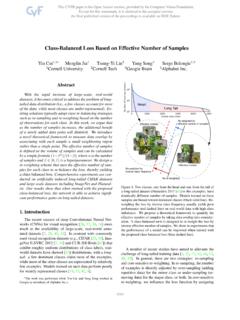
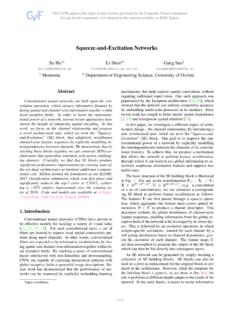

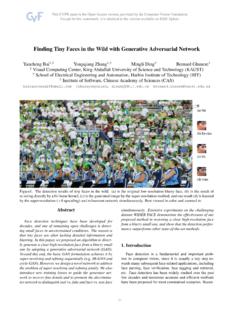
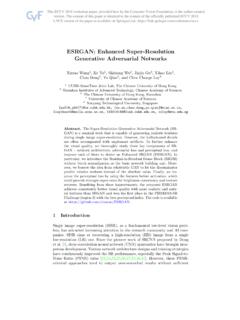
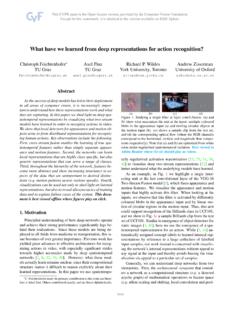
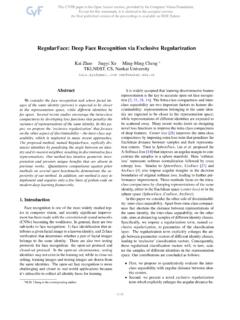
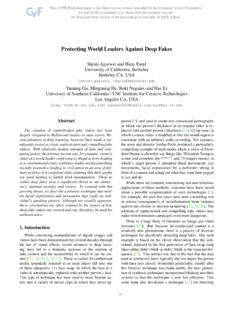
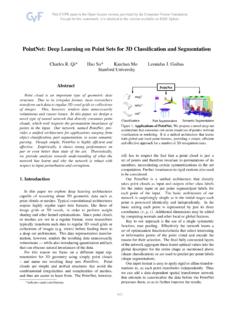
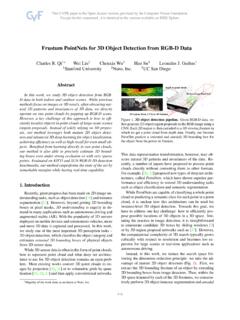
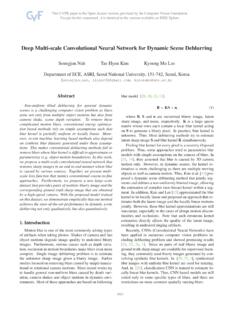
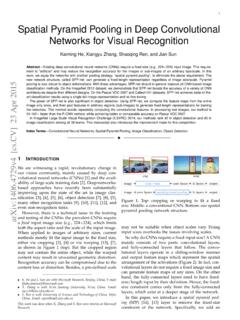
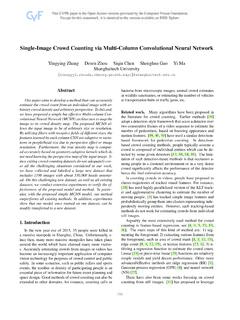
![A arXiv:1609.02907v4 [cs.LG] 22 Feb 2017](/cache/preview/a/9/c/1/c/7/5/1/thumb-a9c1c751788824cc5937d721509f8333.jpg)
